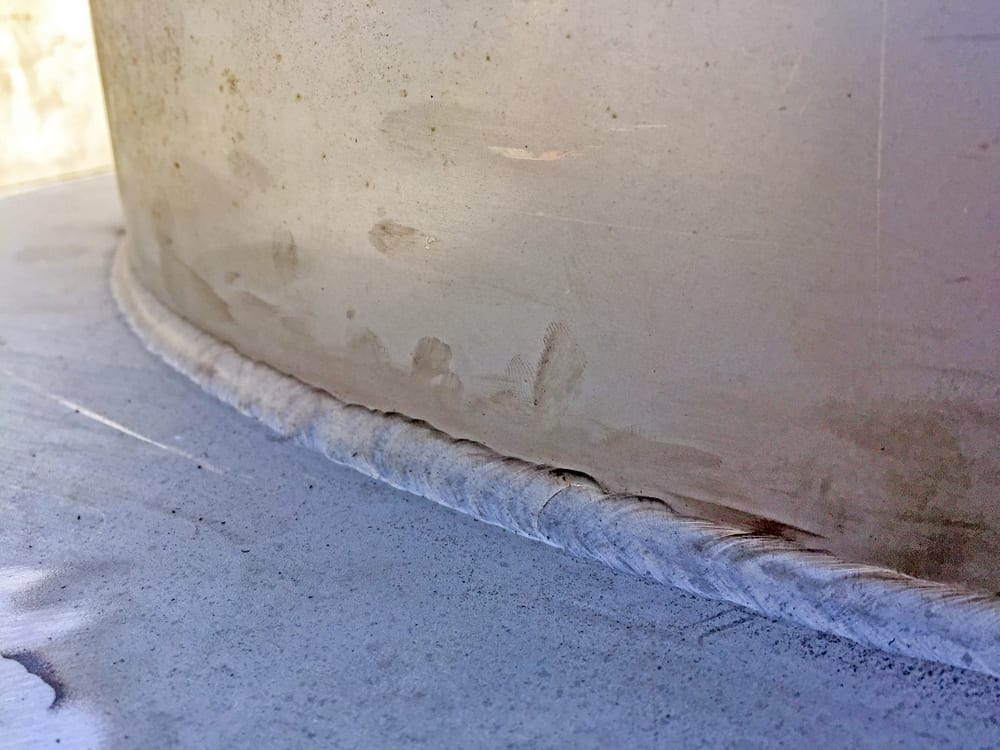Preventing Weld Undercut Demystified: Methods for Success
Preventing Weld Undercut Demystified: Methods for Success
Blog Article
A Comprehensive Guide to Identifying, Fighting, and Repairing Undercut Welding Problems in Your Welding Projects
In the realm of welding, running into undercut problems is a typical difficulty that can compromise the structural honesty and overall high quality of your welding jobs. Comprehending the origin behind undercut welding, being able to properly find it in your welds, and carrying out efficient preventative steps are crucial abilities for any welder. In addition, having the expertise and techniques to fix undercut problems when they do occur can make a substantial difference in the last result of your welding ventures. Stay tuned as we check out the vital parts of determining, stopping, and taking care of undercut welding issues, supplying you with important insights and techniques to elevate your welding abilities to the following degree.
Usual Reasons For Undercut Welding
Undercut welding, a typical concern in welding procedures, can be created by various variables that need to be very carefully recognized and addressed to ensure the honesty of the weld joint. Among the key reasons for undercut welding is extreme warm input. When the welding specifications, such as voltage, present, or travel speed, are not correctly set, a too much amount of heat can be created. This excess heat results in the melting and succeeding removal of the base material along the sides of the weld joint, developing a groove referred to as undercut.
One more common reason of undercut welding is incorrect welding strategy. Poor manipulation of the welding lantern or weapon, wrong angle or distance between the work surface and the torch, or inconsistent traveling speed can all add to the development of undercut. Furthermore, making use of the wrong welding consumables or electrode size for a certain joint setup can result in undercut problems. Identifying these origin causes and executing corrective steps is necessary in preventing and correcting undercut welding problems in welding tasks.
Identifying Undercut in Welds

To determine undercut accurately, proper lighting and magnification tools are important to evaluate the weld joint completely. Using tools such as a welding scale or a magnifying glass can assist in discovering even the tiniest undercut imperfections. Additionally, running a finger or a finger nail along the weld joint can occasionally disclose undercut, as the surface area may feel uneven or have a dip where the undercut exists.
Preventative Actions for Undercut
Having a deep understanding of the reasons for undercut in welds enables the execution of efficient preventive steps to maintain weld quality and integrity. One critical precautionary action appertains weld joint preparation. Making certain that the edges are clean, devoid of impurities, and appropriately beveled can substantially decrease the probability of undercut (Preventing weld undercut). In addition, selecting the ideal official source welding parameters, such as voltage, existing, and take a trip rate, is necessary. These setups should be maximized to avoid excessive warm input, which can cause damage development.

Techniques for Dealing With Undercut

To address undercut problems properly, welders can utilize particular strategies focused on rectifying the flaw and recovering the integrity of the weld joint. One strategy is to change the welding parameters, such as the voltage, current, and take a trip speed, to make sure appropriate heat input and fusion. Raising the welding current or reducing the traveling rate can assist complete the undercut. In addition, altering the welding technique from a push to a drag or the other way around can likewise help minimize undercut.
Another technique is to utilize a weaving activity while welding to make certain correct sidewall blend and fill in the undercut. By oscillating the welding arc back and forth within the weld joint, the welder can deposit more filler product into the undercut areas, successfully getting rid of the flaw.
Furthermore, grinding out the undercut and rewelding the joint can be a sensible option for extra extreme undercut issues - Preventing weld undercut. This procedure involves getting rid of the undercut area, preparing the base metal, and afterwards rewelding the joint with appropriate welding criteria and techniques to stop undercut from repeating

Expert Tips for Avoiding Undercut
Making use of proper welding techniques and preserving control over vital welding specifications are vital approaches for welders aiming to avoid undercut in their weld joints. Additionally, picking the proper welding process and filler metal for the specific application can help protect against undercut. Maintaining a constant traveling speed throughout the welding procedure is one more essential idea to protect against undercut.
Verdict
Finally, identifying, avoiding, and repairing undercut welding troubles in your welding tasks is critical for ensuring solid and long lasting welds. Preventing weld undercut. By comprehending the typical root causes of undercut, having the ability official site to determine it in welds, applying safety nets, and utilizing proper strategies for repairing undercut, you can stay clear of prospective issues and develop high-quality welds. Complying with specialist suggestions for staying clear of undercut can aid you boost your welding abilities and produce much better outcomes in your jobs
Undercut welding, a common concern in welding processes, can be caused by various factors that require to be meticulously recognized and resolved to guarantee the stability of the weld joint. Furthermore, running a finger or a fingernail along the weld joint can occasionally expose undercut, as the surface may feel irregular or have a dip where the undercut exists.
Using proper welding strategies and maintaining control over crucial welding parameters are critical techniques for welders aiming to prevent undercut in their weld joints.In verdict, determining, protecting against, and taking care of undercut welding troubles in your welding jobs is vital for ensuring resilient and solid welds. By comprehending her comment is here the usual reasons of undercut, being able to recognize it in welds, carrying out preventive procedures, and utilizing proper methods for dealing with undercut, you can stay clear of potential concerns and develop top notch welds.
Report this page